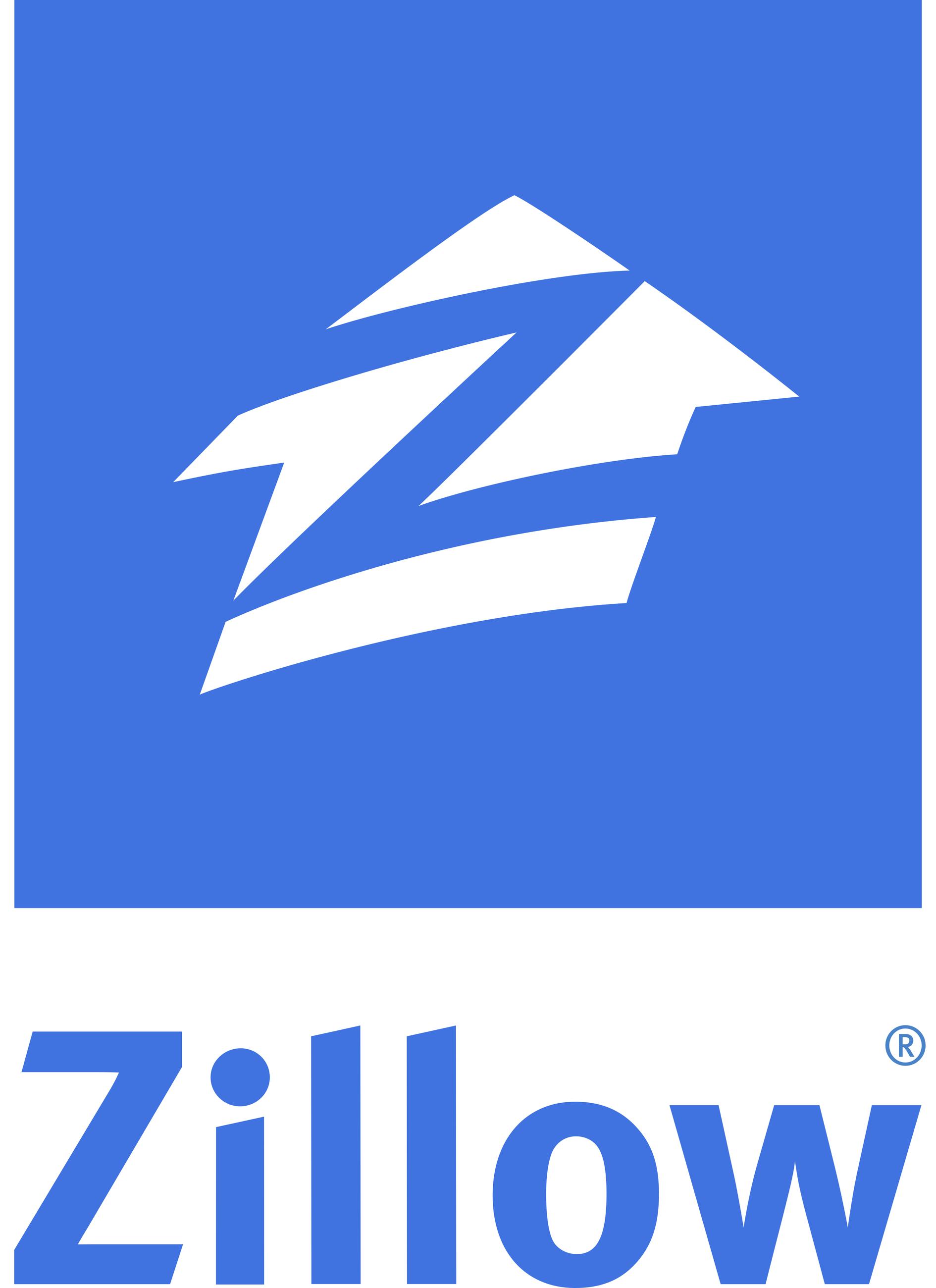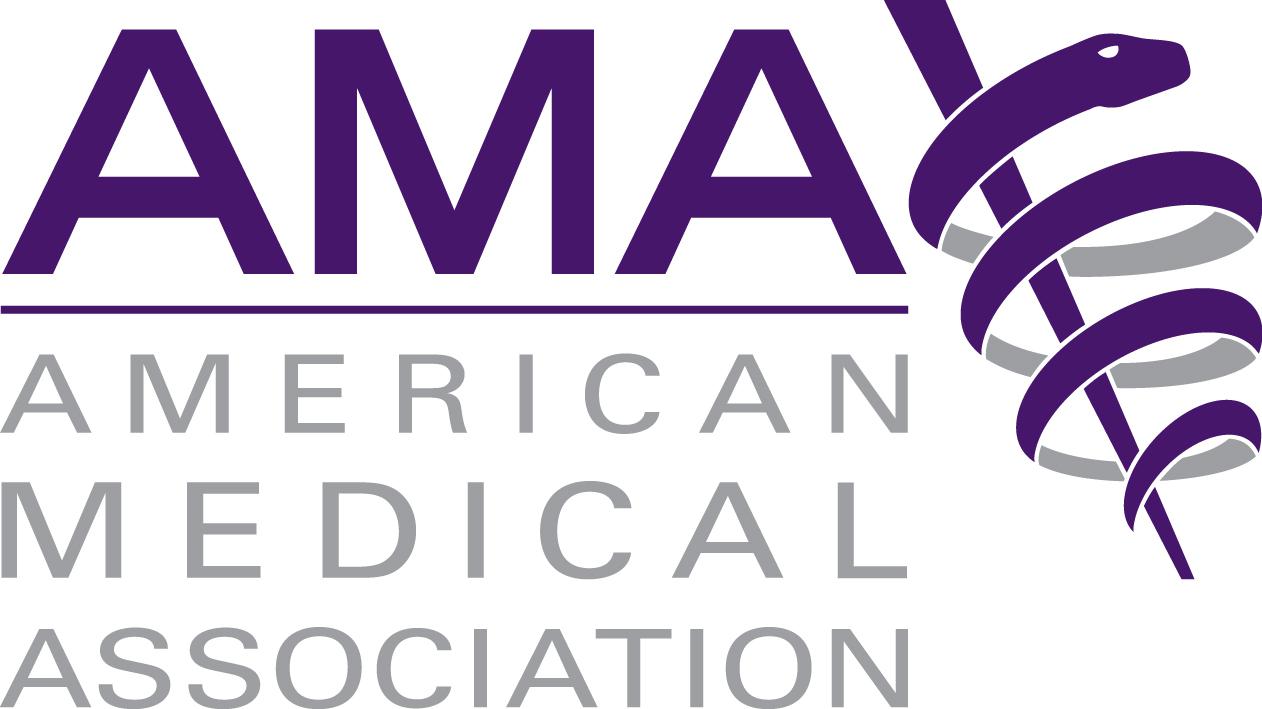Swiss Re
Advocacy organizations representing nearly every industry have noted the stress that expanding policy portfolios has placed on individual lobbyists to master and manage new terrain. While the short-term solution has often been to work longer hours to accommodate an emerging issue, Swiss Re developed a more sustainable solution that put the burden of issue expertise on the system, via a broader community of company stakeholders, not just on individual lobbyists.
First, the Head of Government Affairs redesigned staff roles, transitioning from 4 specialized lobbyists with issue assignments divvied up between them to 2 generalist lobbyists with no assigned issues and 2 policy analysts with even deeper expertise in the company’s main business units. Next, the department formed nearly two-dozen Technical Advisory Teams, each made up of 5-7 managers from around company that have a financial stake in the issue. These teams are activated on an as-needed basis by the lobbyist running point on each issue, and provide substantive support in the form of modeling policy risk, drafting and editing company statements, and visiting Washington when necessary to provide an expert’s account of a bill’s likely impact for policymakers and their staff.
By leaning more heavily on system expertise, not individual expertise, Swiss Re’s GA team is far more adaptive to changes in the policy landscape, especially in the form of new issues hitting their plate. Meanwhile, the Technical Advisory Team’s contributions add up to the equivalent of adding 2 FTEs to the GA team.






